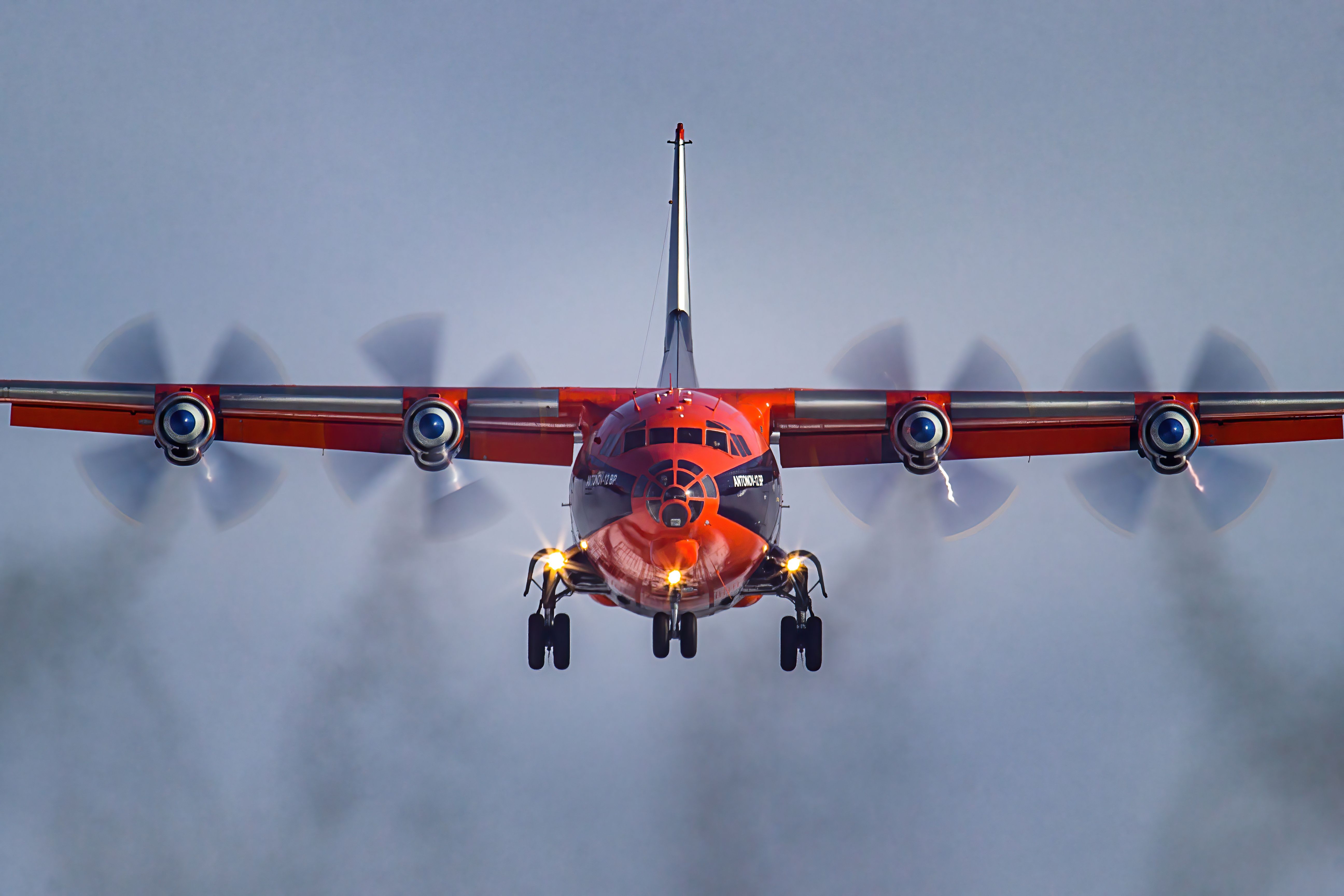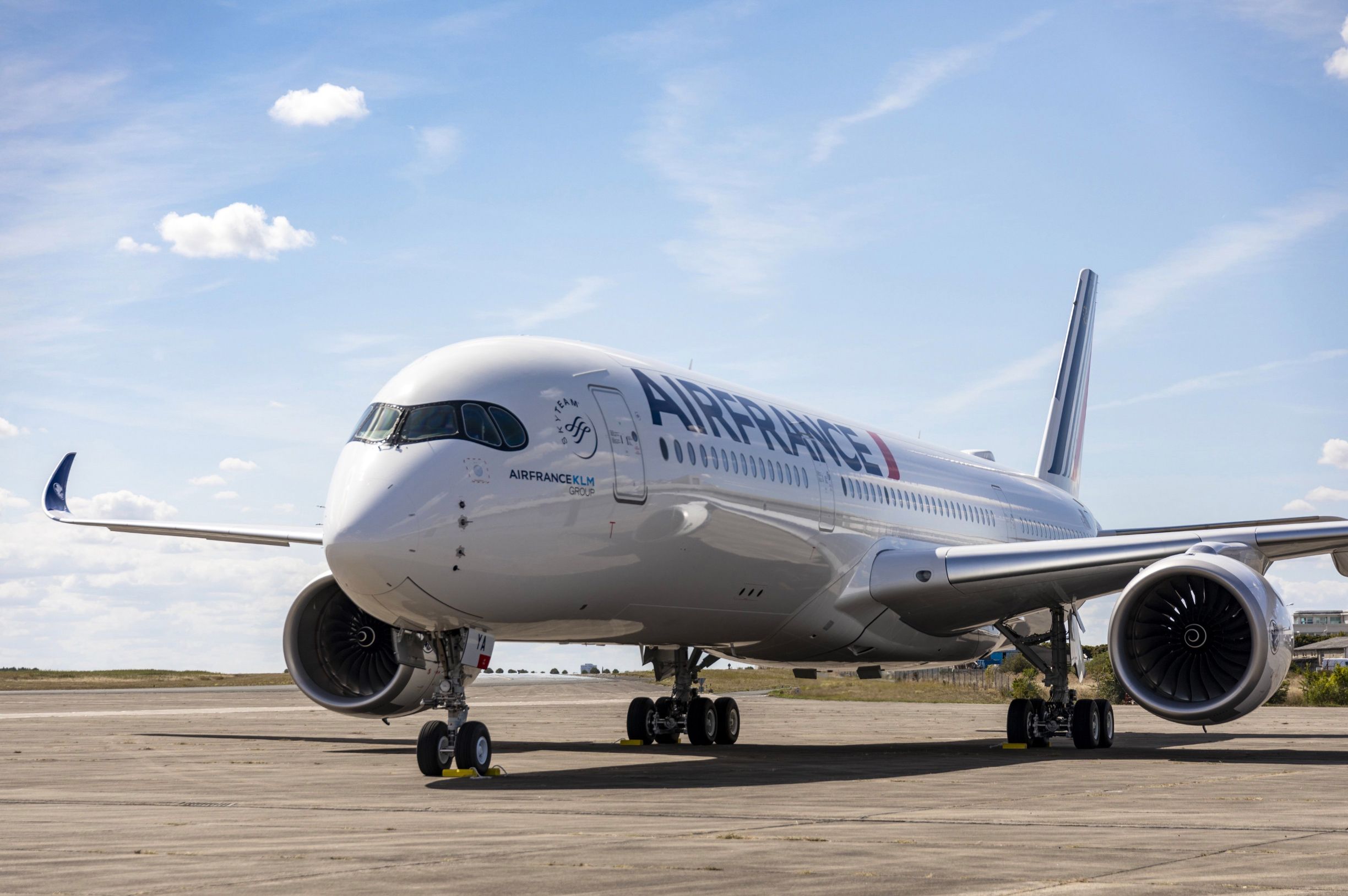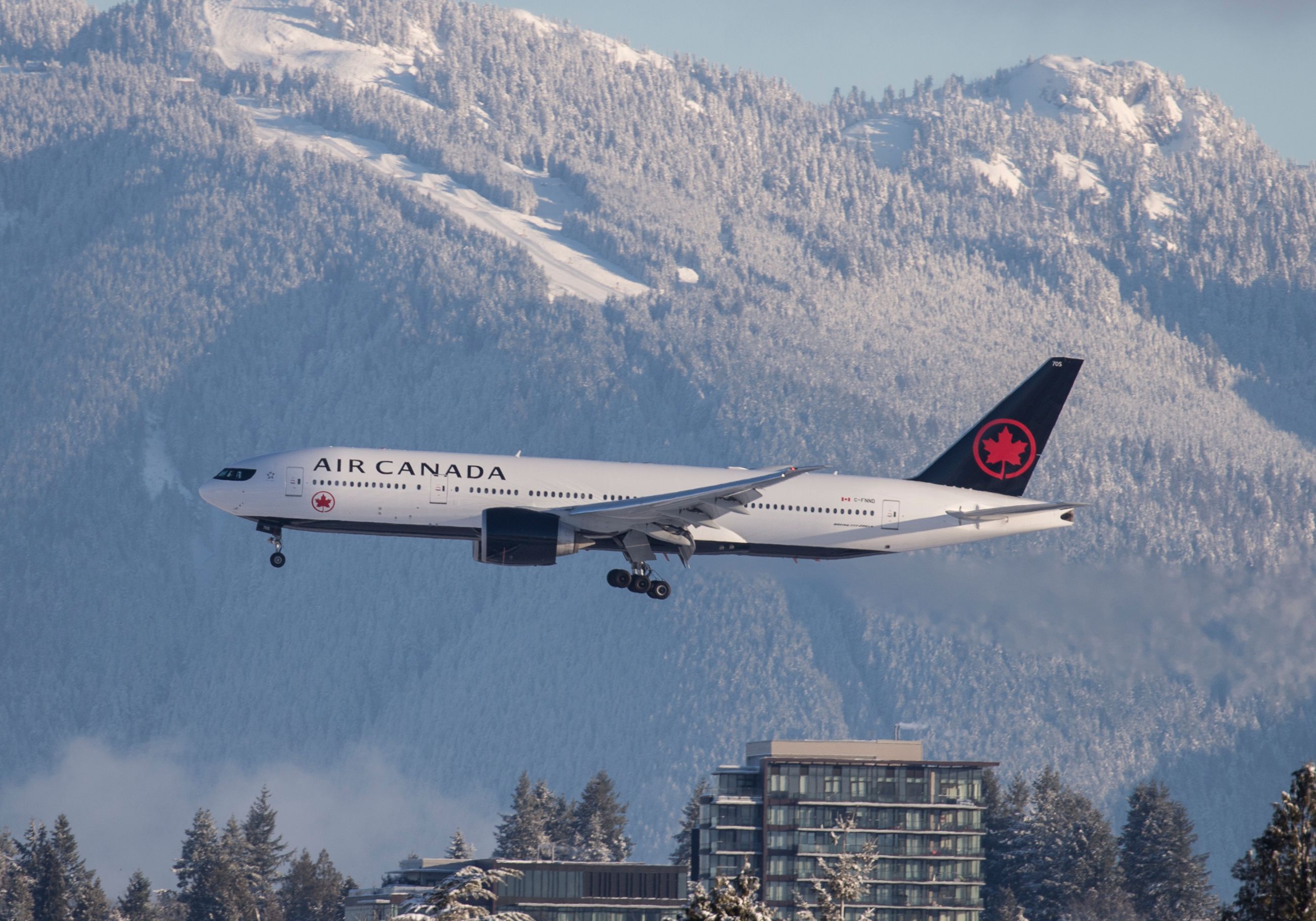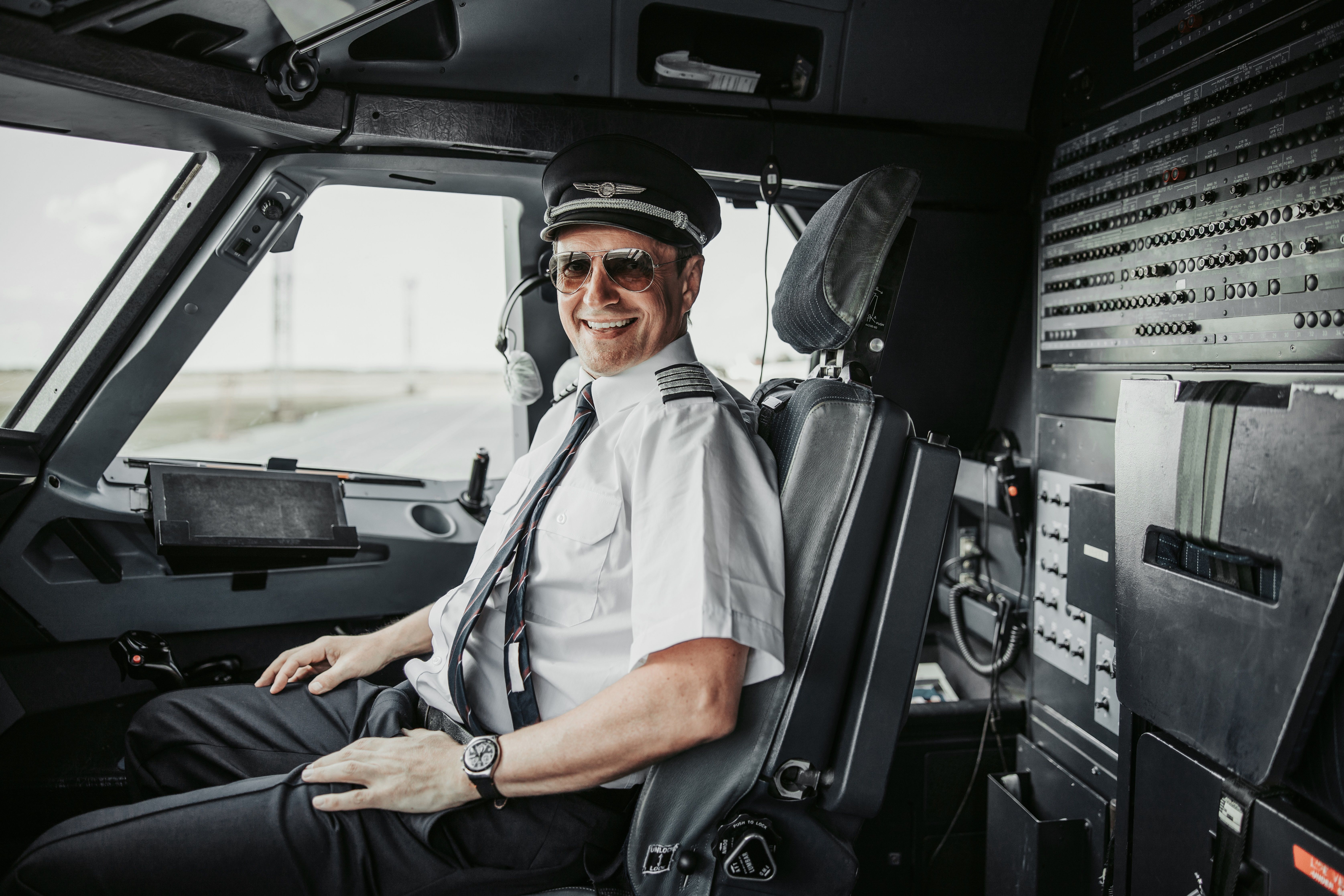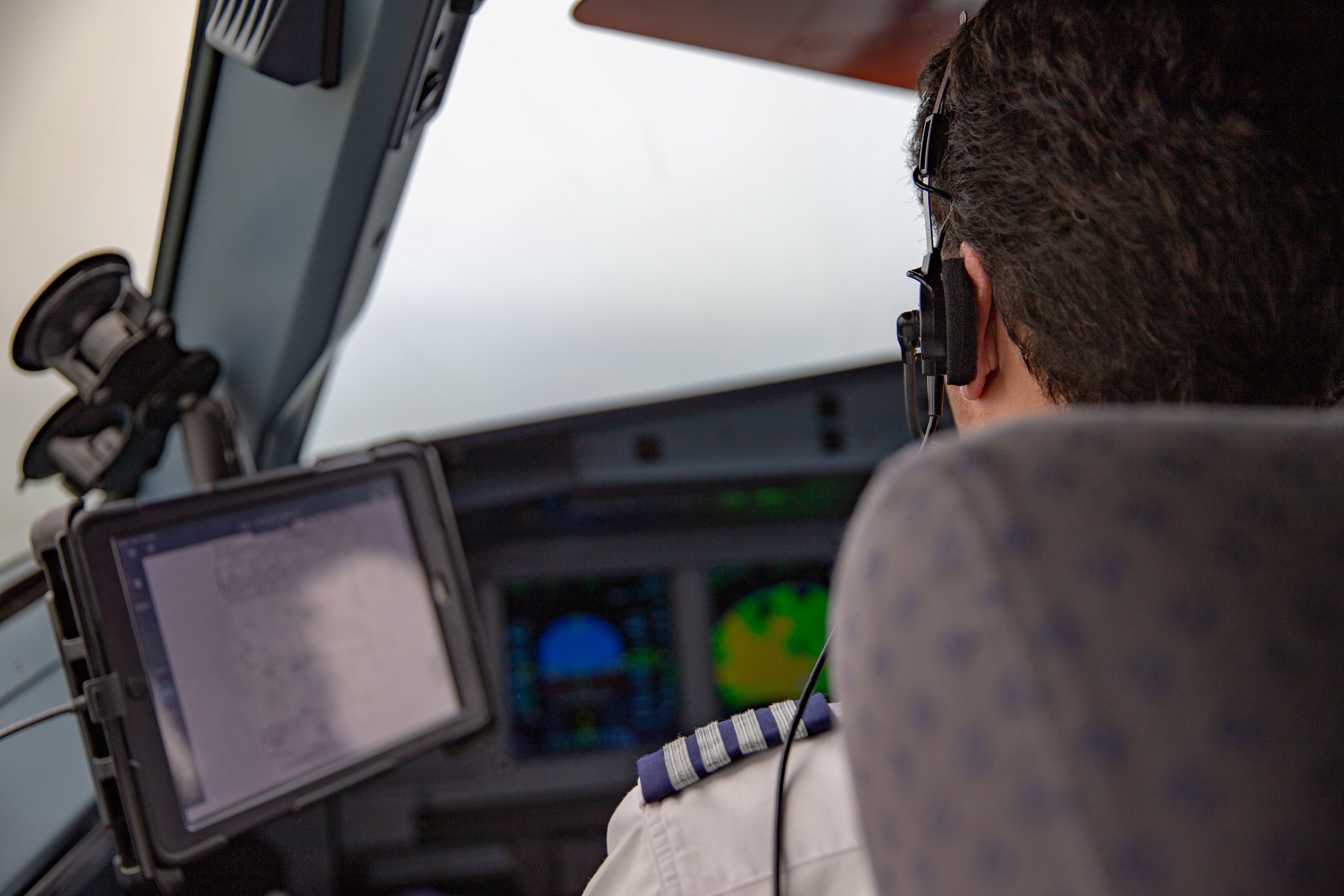All over the world, aspiring young pilots in their mid and late teenage years may be eagerly anticipating joining flight school to take to the skies. All being well, they may have a flying career lasting several decades in front of them. Experienced aviators, on the other end, might be counting down the days and months until their mandatory retirement. Today, we look at the age at which pilots must retire.
The maximum age according to the ICAO
The International Civil Aviation Organization (ICAO) does not have the legislative firepower to overrule the policies set by national aviation authorities. However, the UN agency is an intergovernmental body that sets standards for its 193 member nations. As such, we can look to the ICAO for the policy that it has set for much of the world. A quick look at its website yields the following information:
"The Standard limits the privileges for pilots in single-pilot commercial air transport operations to 60 years of age, while extending that limit to 65 years of age for multi-pilot operations. This applies to operations conducted in all categories of manned aircraft and is valid for all pilot positions designated by an operator."
Want answers to more key questions in aviation? Check out the rest of our guides here!
The ICAO's website notes that member states may authorize pilots to fly in their airspace after reaching the age of 60 or 65 years, as applicable. However, the implementation of this is dependent on each individual Civil Aviation Authority. As such, older pilots should not assume that retaining their flying privileges is a given.
Interestingly, a 2011 ICAO presentation by the organization's medical section chief noted that in 2006, when the maximum age was increased, 27 council members voted in favor of the rule change. Meanwhile, four members voted against the age bump, including the likes of the USA and France. Four other members abstained. This gives a ratio of approximately 77.14%, showing strong support for the motion.
There are certain strings attached
Of course, there are a few caveats to these age limits, which older pilots should bear in mind when considering the latter stages of their careers. Indeed, the ICAO specifies that an annual medical assessment must occur for those under 60 years engaged in two-pilot operations. When over 60, a six-monthly medical assessment is necessary, in order to ensure that older pilots remain fit for flying.
Get all the latest aviation news right here on Simple Flying!
Discussing changes in the Canadian labor code in 2012, law firm Miller Thompson noted that, in 2006, the ICAO made it mandatory for pilots-in-command between 60 and 65 to fly with at least one co-pilot under the age of 60 on international flights. Accommodating the needs of older pilots is an important factor, but did you know that such regulations were in place to keep older pilots apart?
Mental decline and aging
As we are all too aware of, there's a long list of things that happen to the human body as it ages, which gets longer and more complicated with time. Along with a higher risk of certain medical issues, a 2012 study by the British Medical Journal (BMJ) noted that the brain's capacity for memory, reasoning, and comprehension skills (cognitive function) can start to deteriorate from the age of 45 years old.
Furthermore, the British Medical Journal also shows that cognitive scores declined in memory, reasoning, phonemic and semantic fluency. Meanwhile, the publication's research also found that there was a faster decline in older people. While the ICAO report quoted in this article pre-dates the BMJ's study, it noted the following reasons for increasing the age limit from 60 to 65:
- Pilots are living longer.
- Incapacitation training was introduced in the 1970s.
- Modern aircraft are easier to fly than the pre-1970s vintage, with various protections in-built.
Time to change?
Because of these factors, it was subsequently concluded that the risk of an incapacitation-based accident where old age is a factor had become lower than before. As a result of this, it was thus deemed to be safe to raise the limit. However, in recent months, the ongoing pilot shortage has caused discussions in the US regarding a potential raise in the mandatory retirement age from 65 to 67 years old.
This was a subject that was in the news once again last week, after a bipartisan group of US Senators proposed legislation on the matter. If passed, this would, once again, also require older pilots to undergo regular medical screenings.
What about air traffic controllers?
When it comes to air traffic controllers, the matter of retirement ages differs as they are dictated on a country-by-country basis, rather than as a whole by the ICAO. For example, the FAA is in charge of regulating this in the US, and mandates that air traffic controllers must retire by the age of 56. The age is 55 in Belgium and 57 in France, with various other European countries using 60 as the cut-off.
What do you think of 60 and 65 as the maximum ages for one and two-pilot commercial operations? Do you think it should be changed, either by lowering or raising the limit? Let us know your thoughts on the matter in the comments.
Sources: British Medical Journal, ICAO, ICAO, Miller Thomson

